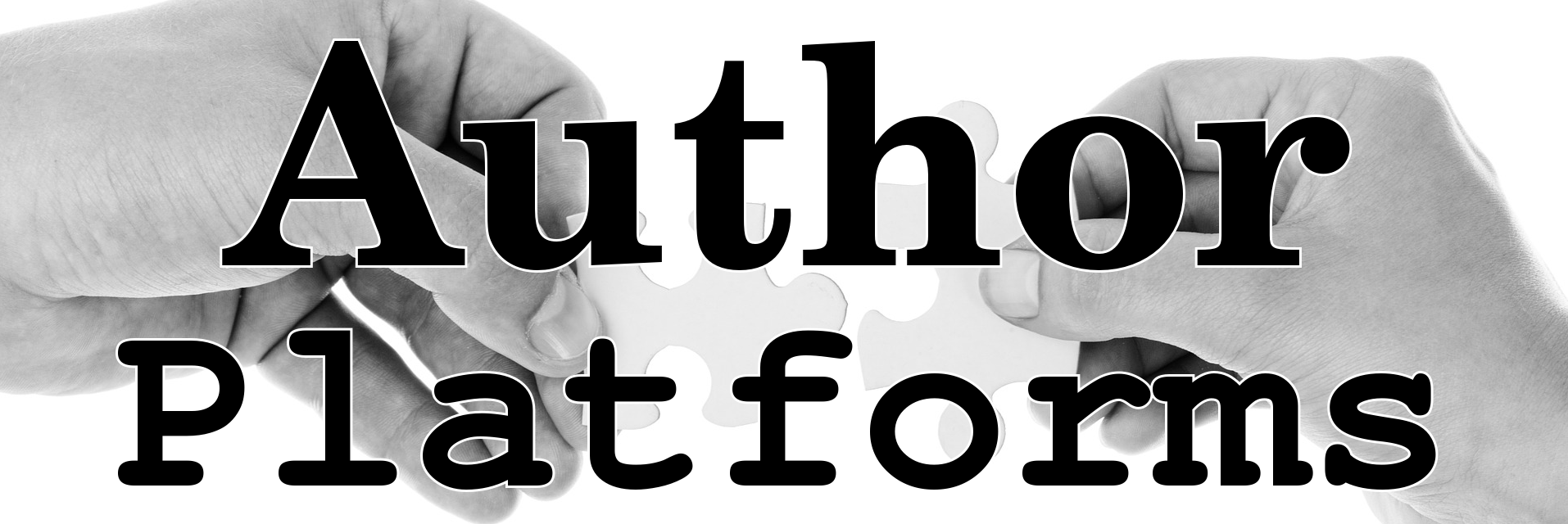

Your idealised audience
In this chapter, we are going to take a look at an author’s idealised audience – a vital foundation for all book marketing efforts.
As an author, it is too easy to respond to the question, “who are your readers” with “why, everyone of course”. While there may be one or two authors that truly do appeal to just about everyone, it is very rare.
An idealised audience is not a perfect reflection of your readers and nor is it intended to be. Instead, you idealised audience is a profile of one or two imaginary people, their interests, reading habits, and other factors.
Details to include in your idealised audience profile
Age and gender of your idealised audience
The most important detail that you need to identify is what age and gender is your ideal audience likely to be.
For some genres this is easy. Romance tends to have a largely female readership while action adventure may tend towards younger male readers.
If you can identify age and gender of your likely readers, you can cut down on marketing efforts that target outside of this demographic. If your books turn out to be popular with a different demographic from you earlier audience research, you can always revise your idealised audience profile.
Education level of your idealised audience
Next we have education level. I put this just under age and gender as the second point on sketching out an idealised audience profile because this is an easy way to get a basic understanding of who your readers may be and where you might find them.
Social media is powerful at uniting people but it also segrigates us based on age, education, politics, and many other factors.
For example, a largely post-graduate readership may be found more readily on LinkedIn and Twitter as opposed to Facebook and Pinterest.
Religious or political views
Another dividing factor on social media is the tribalism arround politics and religion. As word of mouth is unlikely to move from one segment to another along these divides it pays to be aware if your work is likely to appeal to a particular religious or political outlook.
This will help you identify which tribes to engage with and which are best left until you have established a core readership base.
Economic level of your idealised audience
The economic standing of your idealised audience plays a big part in what kind of outreach is likely to open the wallets of readers and get your books sold. It may also inform how and where you promote your work.
This factor is tied fairly closely with education background and may be best identified at the same time.
Loves, interests, and hobbies
A useful idealised audience profiling technique is to identify which fandoms your readers are likely to already belong to.
For example, if your readers are likely to be big Marvel fans, you may wish to lean into this to connect with readers.
If your readers are likely to be more strongly interested in history (say because of a historic setting that you use), this too will help shape how and where you try to reach potential readers.
This is perhaps the easiest aspect to identify. What genre does your work fall into? What other films, TV, and books is it similar to? What titles might it sit most naturally next to on a shelf?
Reading habits of your idealised audience
Now you have all this information you can research the reading habits of the class of reader that you have identified. Does the demographic you have outlines read more on holiday, on the tube to work, or at the weekend? Try to figure out the reading habits of your idealised audience and then you can appeal to readers looking to buy for that particular reading habit.